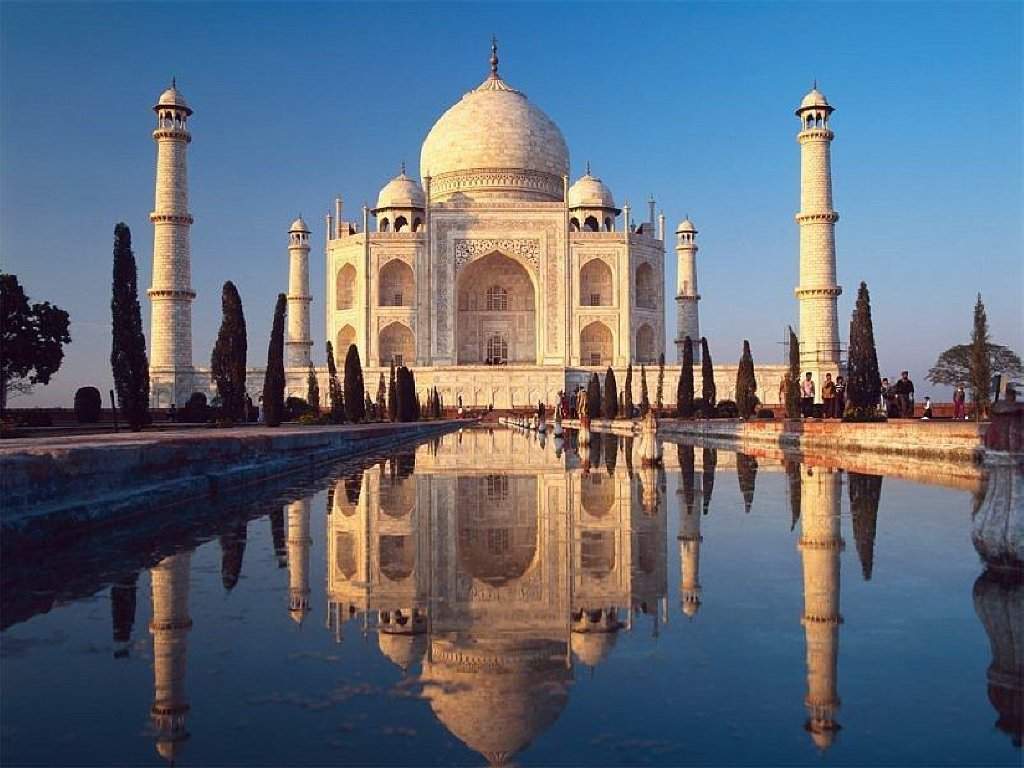Shirdi is located in Ahmednagar district of Maharashtra in Western India. Shirdi extends latitude 19°45 N and longitude 74°25 E..
Shirdi is quite close to the holy city of Nashik with just 90kms away. It takes about 6hrs to reach Saibaba of Shirdi from Mumbai. Pune is about 206kms from Shirdi.
Here is brief distance chart of Shirdi from some important cities of Maharashtra:
Mumbai 266 kms
Nasik 90 kms
Hyderabad 610 kms
Surat 373 kms
Nagpur 618 kms
Jalgaon 233 kms
Ahmednagar 83 kms
Aurangabad 144 kms
Delhi 1166 kms
Pune 207 kms
Sholapur 312 kms
Mumbai 266 kms
Nasik 90 kms
Hyderabad 610 kms
Surat 373 kms
Nagpur 618 kms
Jalgaon 233 kms
Ahmednagar 83 kms
Aurangabad 144 kms
Delhi 1166 kms
Pune 207 kms
Sholapur 312 kms
Sai Baba of Shirdi (Unknown – October 15, 1918), also known as Shirdi Sai Baba (Marathi: शिरडीचे साईबाबा, Hindi: शिरडीके साईबाबा, Telugu: షిర్డీ సాయి బాబా), was an Indian guru, yogi and fakir who is regarded by his Hindu and Muslim followers as a saint. Some of his Hindu devotees believe that he was an incarnation of ShivaDattatreya. Many devotees believe that he was a Sadguru. There are many stories and eyewitness accounts of miracles he performed. He is a well-known figure in many parts of the world, but especially in India, where he is much revered.
Life Story of Shirdi Sai Baba
On September 29, 1990
In the former Nizam's [Maharaj] dominion, there was a remote village called Pathri. In that village there were a couple named Gangabhavadya and Devagiriamma. They were grieving over the lack of children. In answer to their prayers, a son was born on September 28, 1835. Today is the anniversary of that day. This child was Sai Baba. As Gangabhavadya had developed a feeling of total detachment and renunciation, he decided to retire to a forest regardless of the child. Devagiriamma, who looked upon her husband as God, decided to follow the husband leaving the child.














